Home>Furniture>Outdoor Furniture>How To Keep Your Patio Heater From Tipping Over
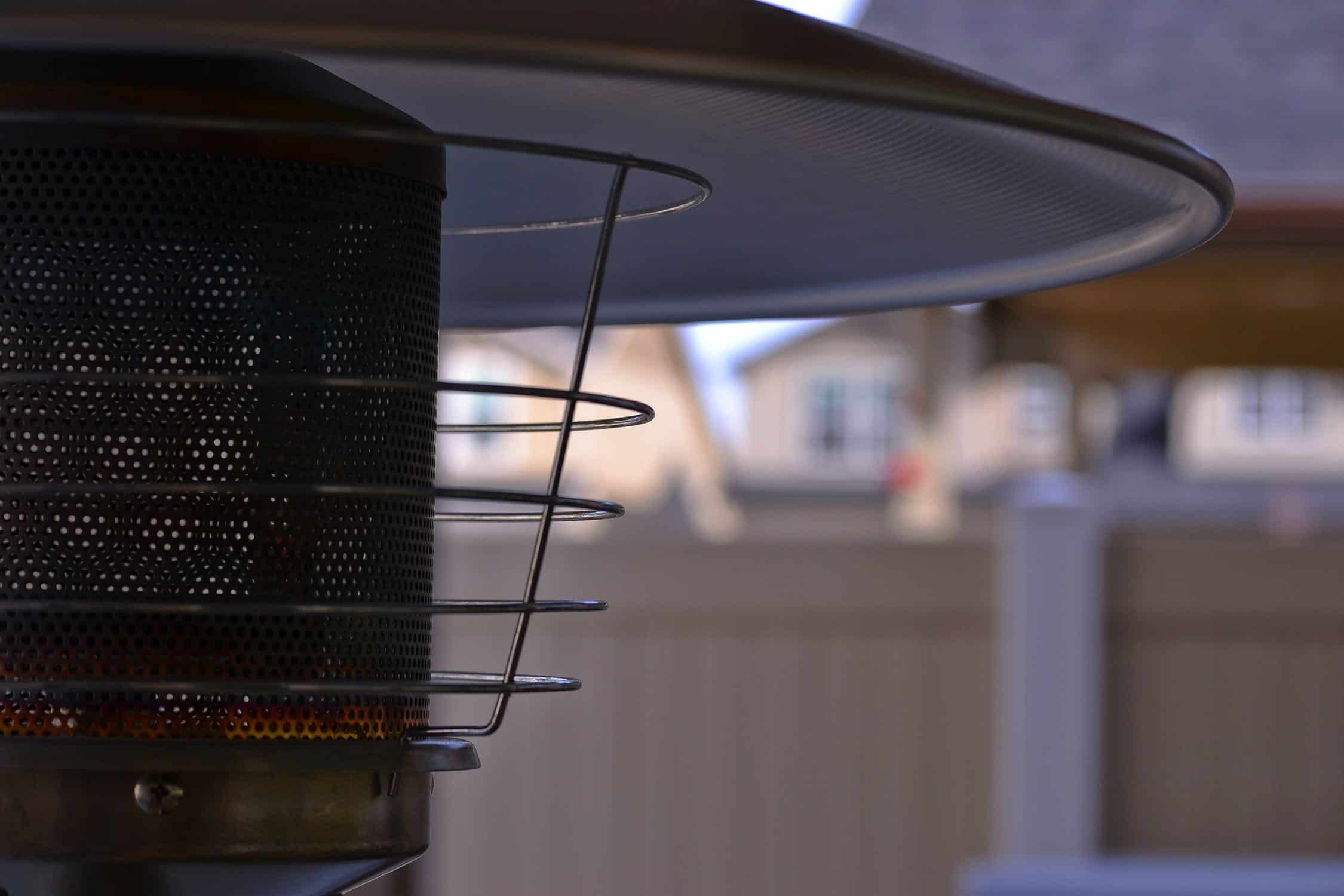

Outdoor Furniture
How To Keep Your Patio Heater From Tipping Over
Modified: May 6, 2024
Discover effective tips to keep your outdoor furniture, including patio heaters, from tipping over. Safely enjoy your outdoor space with these expert strategies.
(Many of the links in this article redirect to a specific reviewed product. Your purchase of these products through affiliate links helps to generate commission for Storables.com, at no extra cost. Learn more)
Introduction
Welcome to the world of outdoor living! There’s nothing quite like sitting on your patio, enjoying the fresh air, and basking in the warmth of a patio heater. As the temperatures drop, a patio heater becomes an essential tool for extending your outdoor season. However, there is one crucial aspect that you should never overlook when it comes to using a patio heater – stability.
Keeping your patio heater from tipping over is not only important for your safety but also for the longevity of the appliance itself. A stable and secure patio heater ensures that it functions efficiently, providing you with the warmth and comfort you desire throughout the colder months. In this article, we will delve into the various methods and precautions you can take to keep your patio heater securely in place.
Key Takeaways:
- Prioritize safety and stability by choosing a level, wind-protected location for your patio heater. Use a sturdy stand, secure it to the ground, and inspect regularly for a cozy and secure outdoor experience.
- Enhance stability with sandbag weights and regular maintenance. Keep your patio heater clean, inspect gas connections, and follow manufacturer’s guidelines for long-term safety and enjoyment.
Read more: How To Keep A Patio Heater From Blowing Over
Understanding the Importance of Keeping Your Patio Heater Stable
When it comes to patio heaters, stability is of utmost importance. A patio heater that is not properly secured can pose a significant safety risk, not only to you and your family but also to your property. Imagine enjoying a pleasant evening on your patio, only to have your patio heater tip over unexpectedly. Apart from causing damage to your patio or deck, it could potentially lead to fires or injuries from the hot surfaces or flames.
Furthermore, an unstable patio heater may not function efficiently. If it tilts or wobbles, it can affect the distribution of heat, reducing its overall effectiveness in heating your outdoor space. This can be frustrating, especially if you were looking forward to cozy nights under the patio heater’s warmth.
By prioritizing stability, you can enjoy peace of mind while using your patio heater, knowing that it is securely in place and operating at its best. So, let’s explore some key considerations and tips to ensure that your patio heater remains stable and safe throughout its use.
Selecting an Appropriate Location for Your Patio Heater
Choosing the right location for your patio heater is crucial for its stability and effectiveness. Here are some factors to consider when selecting the placement:
- Level Ground: Ensure that the area where you plan to place your patio heater is level and flat. Uneven surfaces can cause instability and increase the risk of tipping over. If necessary, use a level tool to ensure that the ground is even.
- Clearance: Provide ample clearance around the patio heater. Make sure there is enough space between the heater and any flammable objects such as furniture, cushions, or overhanging trees. This helps prevent accidents and ensures proper ventilation for the heater.
- Wind Protection: Choose a location that provides some degree of wind protection. High winds can destabilize the patio heater, even if it is properly secured. Look for a spot that is shielded by walls, fences, or natural windbreaks.
- Away from Foot Traffic: Keep your patio heater away from areas with heavy foot traffic. Placing it in a less crowded area minimizes the chances of accidental bumps or collisions that could cause it to tip over.
- Proximity to Seating Area: Position your patio heater in a way that maximizes its heat distribution to your seating area. Consider the direction of the prevailing winds, and aim to have the heat flow towards the seating arrangement for optimal comfort.
By carefully selecting the location for your patio heater, you can ensure its stability and create a safe and enjoyable atmosphere for outdoor gatherings. Once you have determined the ideal spot, it’s time to look into the best stands or bases to support your patio heater.
Choosing the Right Patio Heater Stand or Base
When it comes to stability, the stand or base of your patio heater plays a significant role. It provides the foundation on which your heater rests, ensuring it remains secure and upright. Here are some factors to consider when choosing the right patio heater stand or base:
- Weight and Stability: Opt for a stand or base that is sturdy and durable. Look for materials like stainless steel or cast iron, which offer excellent stability. Additionally, consider the weight of the stand to ensure that it provides sufficient support to keep the patio heater from tipping over.
- Compatibility: Check if the stand or base is compatible with your specific patio heater model. Some heaters come with their own dedicated stands, while others may require a universal stand that can accommodate various brands and sizes. Ensure proper fit and compatibility before making a purchase.
- Adjustability: Look for stands or bases that offer adjustability options. This allows you to customize the height and angle of your patio heater, ensuring optimal heat distribution and comfort. Adjustable stands also make it easier to store and transport the heater when not in use.
- Base Design: Consider the design of the base. A broad and weighted base provides stability and reduces the risk of tipping. Some bases come with wheels, which can be convenient for moving the heater around your patio. However, ensure that the wheels lock securely in place to prevent accidental movement.
- Heat Resistance: Since the base is in direct contact with the heat source, ensure it is heat-resistant and can withstand high temperatures without warping or compromising its stability. Look for powder-coated finishes or heat-resistant coatings to ensure longevity.
By carefully selecting a high-quality, compatible, and adjustable stand or base for your patio heater, you can enhance its stability and elevate your outdoor heating experience. In addition to a reliable stand, there are other practical methods you can employ to further secure your patio heater in place.
To keep your patio heater from tipping over, make sure it is placed on a level surface, use a stable base, and avoid placing it in windy areas. Regularly check and tighten any loose parts to ensure stability.
Securing Your Patio Heater to the Ground
To provide an extra layer of stability, it is recommended to secure your patio heater to the ground. This is especially important in areas with strong winds or if you live in a region prone to inclement weather. Here are some methods to securely anchor your patio heater:
- Anchor Bolts: One common method is to use anchor bolts. These are long, sturdy bolts that are drilled into the ground and fastened to the base of the patio heater. Anchor bolts provide a strong hold and prevent the heater from tipping over. Consult the manufacturer’s instructions or seek professional assistance to ensure proper installation and compatibility with your patio heater model.
- Concrete Weights: Another effective way to secure your patio heater is by using concrete weights. These can be custom-made or purchased pre-made. Simply place the weights on the base of the heater to add stability. These weights are heavy and provide a counterbalance against strong winds or accidental bumps.
- Ground Anchors: Ground anchors are sturdy metal stakes that anchor into the ground. They can be driven into the soil near the patio heater and attached with cables or chains to secure the appliance. Ground anchors are particularly useful if you have a patio heater with a portable base or if you often move your heater around.
- Patio Heater Covers: While not directly related to securing your patio heater, using a fitted cover when the heater is not in use can protect it from the elements. A cover prevents water accumulation, rust, and damage from exposure to sunlight, which can, in turn, help maintain the stability and reliability of your patio heater.
By implementing these strategies, you can keep your patio heater firmly grounded, reducing the risk of toppling over and ensuring its long-term functionality. However, for added precaution and peace of mind, you can also use sandbag weights along with the secured base.
Using Sandbag Weights to Prevent Tipping
In addition to securing your patio heater to the ground, using sandbag weights can provide extra stability and prevent tipping. Sandbags are a versatile and cost-effective solution that can be easily implemented. Here’s how you can use sandbag weights to enhance the stability of your patio heater:
- Selecting the Right Sandbags: Choose sandbags specifically designed for outdoor use. Look for durable materials like heavy-duty nylon or polypropylene, which are resistant to weather and can withstand the elements.
- Filling the Sandbags: Fill the sandbags with dry sand, ensuring they are neither too light nor too heavy. It’s best to use coarse sand as it provides better weight distribution and stability.
- Placing the Sandbags: Position the sandbags strategically around the base of your patio heater. Distribute them evenly to create a balanced weight distribution. This will help anchor the heater and prevent it from tipping over, even during strong winds or accidental bumps.
- Securing the Sandbags: Once the sandbags are in place, secure them tightly using straps or velcro. This helps prevent movement or displacement of the sandbags, ensuring they remain in position to provide the necessary stability.
- Regular Inspections: Periodically check the sandbags for signs of wear and tear. If you notice any damage or leakage, replace the sandbags promptly to maintain the stability of your patio heater.
Using sandbag weights alongside other securing methods can greatly minimize the risk of your patio heater tipping over. It’s important to remember that even with sandbags, you should never intentionally exert force on the heater or handle it roughly, as excessive pressure can still cause instability.
Regular maintenance and inspection of your patio heater are crucial to its long-term stability and functionality.
Regularly Inspecting and Maintaining Your Patio Heater
To ensure the ongoing stability and reliable performance of your patio heater, it’s essential to conduct regular inspections and maintenance. Here are some key steps to follow:
- Check for Any Damage: Regularly examine your patio heater for any signs of damage or wear. Look for cracks, loose connections, or bent parts. If you notice any issues, address them promptly by repairing or replacing the affected components. Ignoring damage can compromise the stability and safety of your heater.
- Clean the Heater Regularly: Keep your patio heater clean to maintain its appearance and performance. Remove any dirt, debris, or cobwebs that may have accumulated. Use a soft brush or cloth to gently clean the exterior surfaces, and follow the manufacturer’s instructions for cleaning the heating element or burner.
- Inspect Gas Lines and Connections: If you have a gas-powered patio heater, regularly inspect the gas lines and connections for any leaks or damage. Test the connections using a soapy water solution and look for bubbling or hissing sounds. If you detect any leaks, turn off the gas supply immediately and consult a professional for repairs.
- Ensure Proper Ventilation: Check that the ventilation system of your patio heater is unobstructed. Blocked vents can cause improper combustion and may lead to safety hazards. Clear any debris or obstructions around the vents to ensure optimal airflow.
- Store Properly in Off-Season: If you don’t plan to use your patio heater for an extended period, store it properly. Clean and dry the unit thoroughly, and consider using a fitted cover to protect it from dust and moisture. Store the heater in a dry, well-ventilated area away from heat sources or flammable materials.
- Follow Manufacturer’s Guidelines: Always refer to the manufacturer’s instructions and guidelines for specific maintenance procedures and recommendations. Different patio heater models may have unique requirements, so it’s important to familiarize yourself with the manufacturer’s recommendations.
By regularly inspecting and maintaining your patio heater, you can ensure its stability, longevity, and safe operation. Regular maintenance not only enhances the performance of your heater but also protects your investment and provides peace of mind.
Conclusion
Keeping your patio heater stable is crucial for both safety and optimal performance. By taking the necessary precautions and following the guidelines outlined in this article, you can enjoy your outdoor space comfortably and securely.
Selecting an appropriate location for your patio heater, choosing a sturdy stand or base, and securing the heater to the ground are essential steps in maintaining stability. Using sandbag weights and conducting regular inspections and maintenance further enhance the stability of your patio heater and prolong its lifespan.
Remember to prioritize safety by keeping a safe clearance around your heater, protecting it from wind, and ensuring proper ventilation. Always follow the manufacturer’s instructions and guidelines for your specific patio heater model to ensure proper usage and maintenance.
Enjoying the warmth and ambiance of a patio heater is a wonderful experience, and with proper care and attention, you can make the most out of your outdoor living space during the colder months.
So, go ahead and cozy up to your patio heater, knowing that you have taken the necessary steps to keep it stable and secure. Stay warm, stay safe, and enjoy the beauty of the outdoors!
Enjoyed learning how to stabilize your patio heater? Don't stop there! Dive into our next guide on the best space heaters equipped with safety features for the upcoming year. You'll find essential info on units designed to shut off automatically if they tip over, providing peace of mind and added security in indoor spaces. Perfect for anyone looking to combine warmth with safety, our roundup offers insightful reviews and tips on selecting the ideal model for your needs.
Frequently Asked Questions about How To Keep Your Patio Heater From Tipping Over
Was this page helpful?
At Storables.com, we guarantee accurate and reliable information. Our content, validated by Expert Board Contributors, is crafted following stringent Editorial Policies. We're committed to providing you with well-researched, expert-backed insights for all your informational needs.

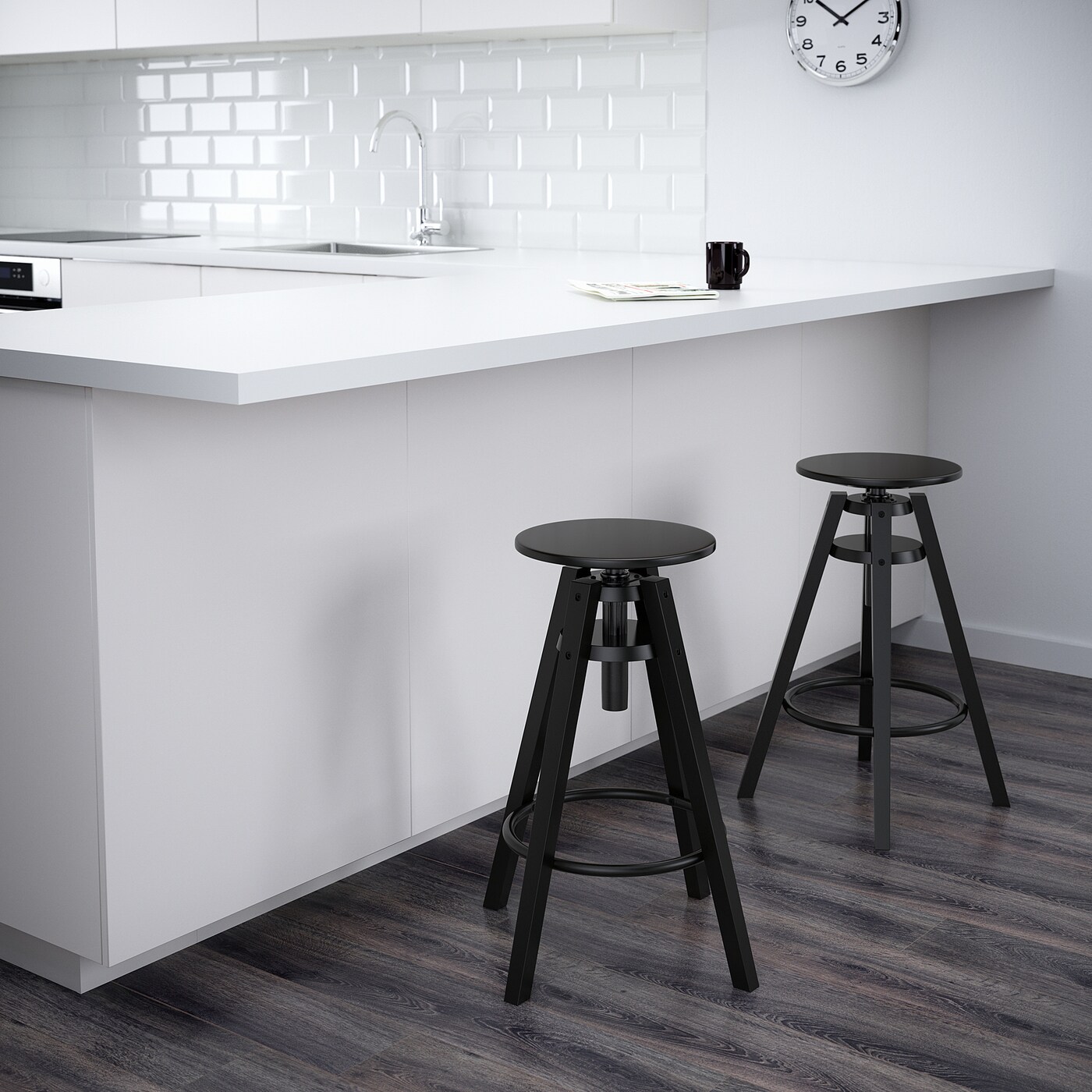

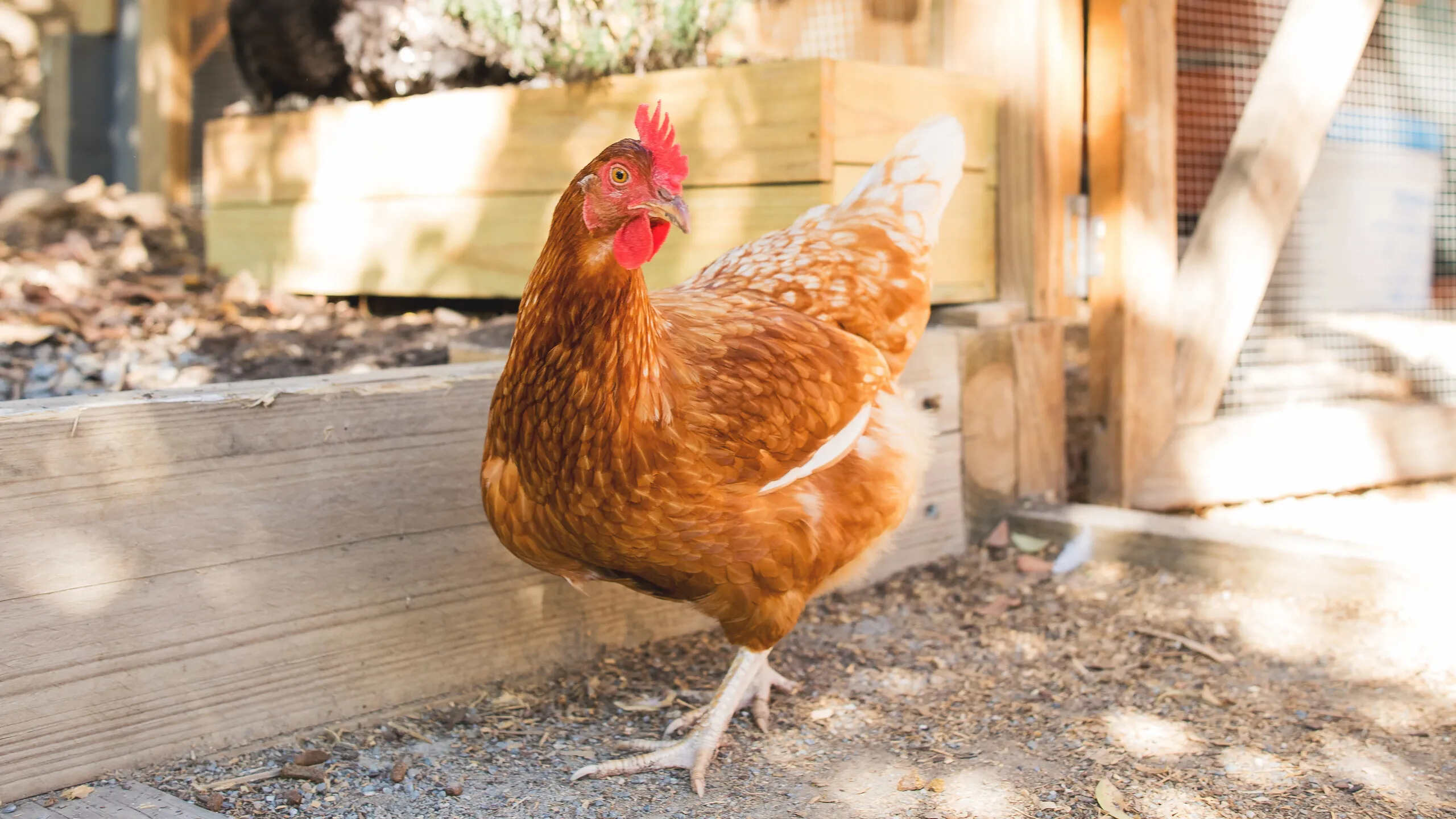

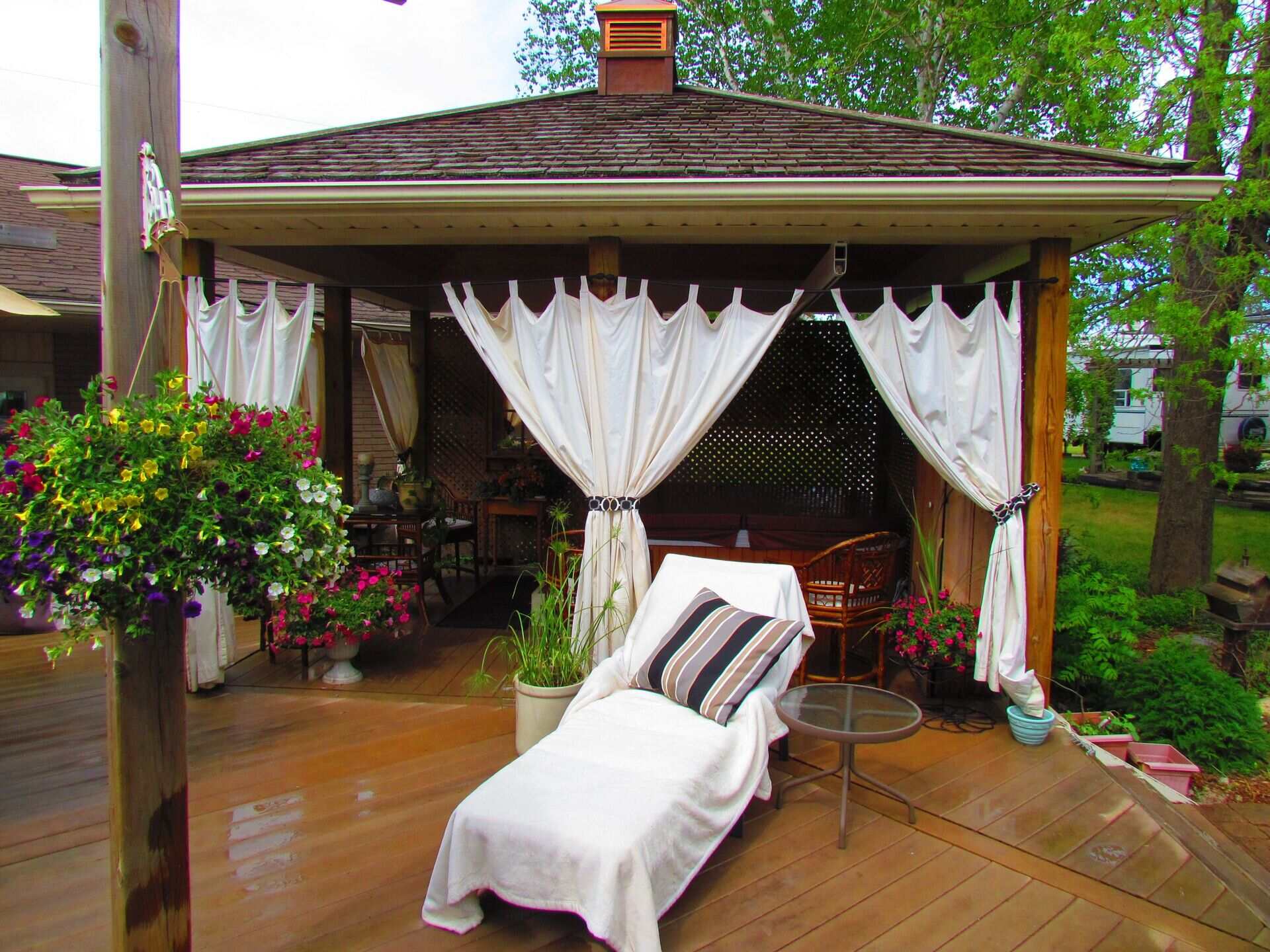
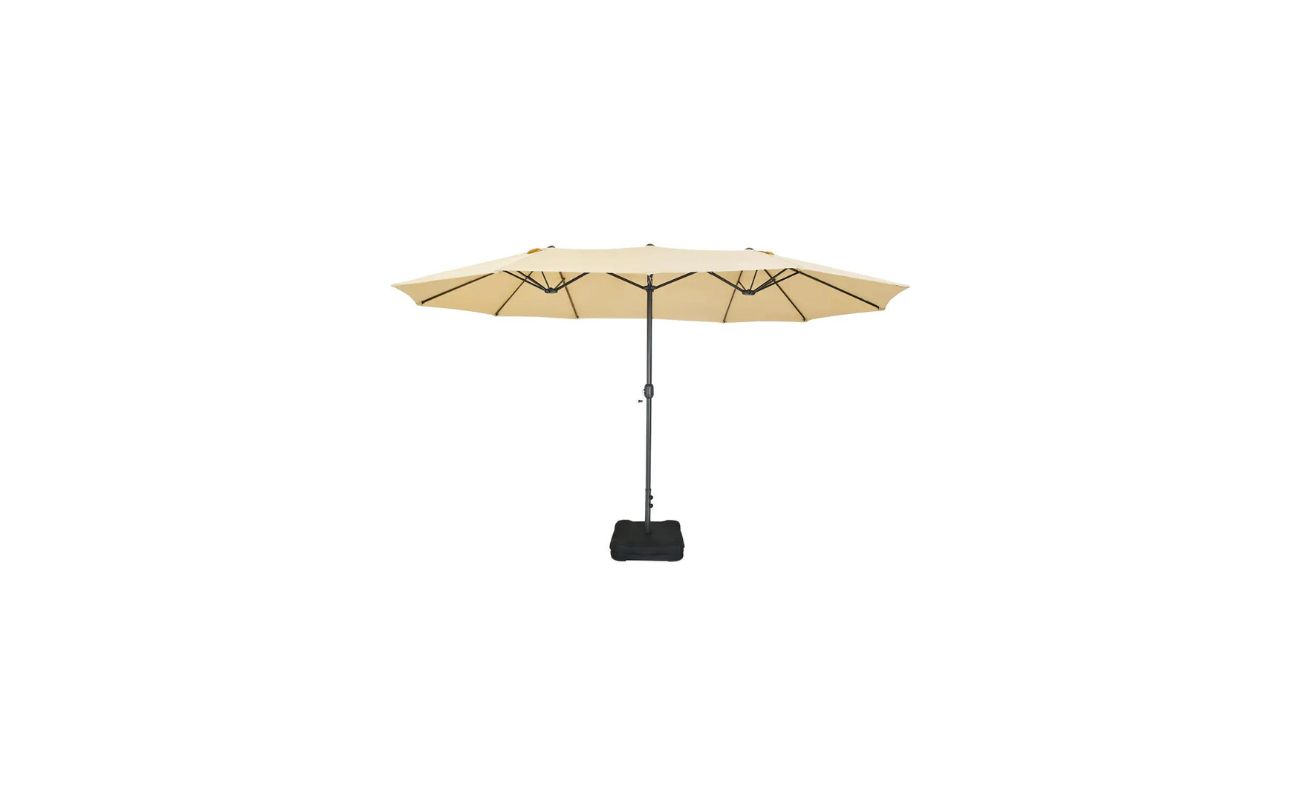
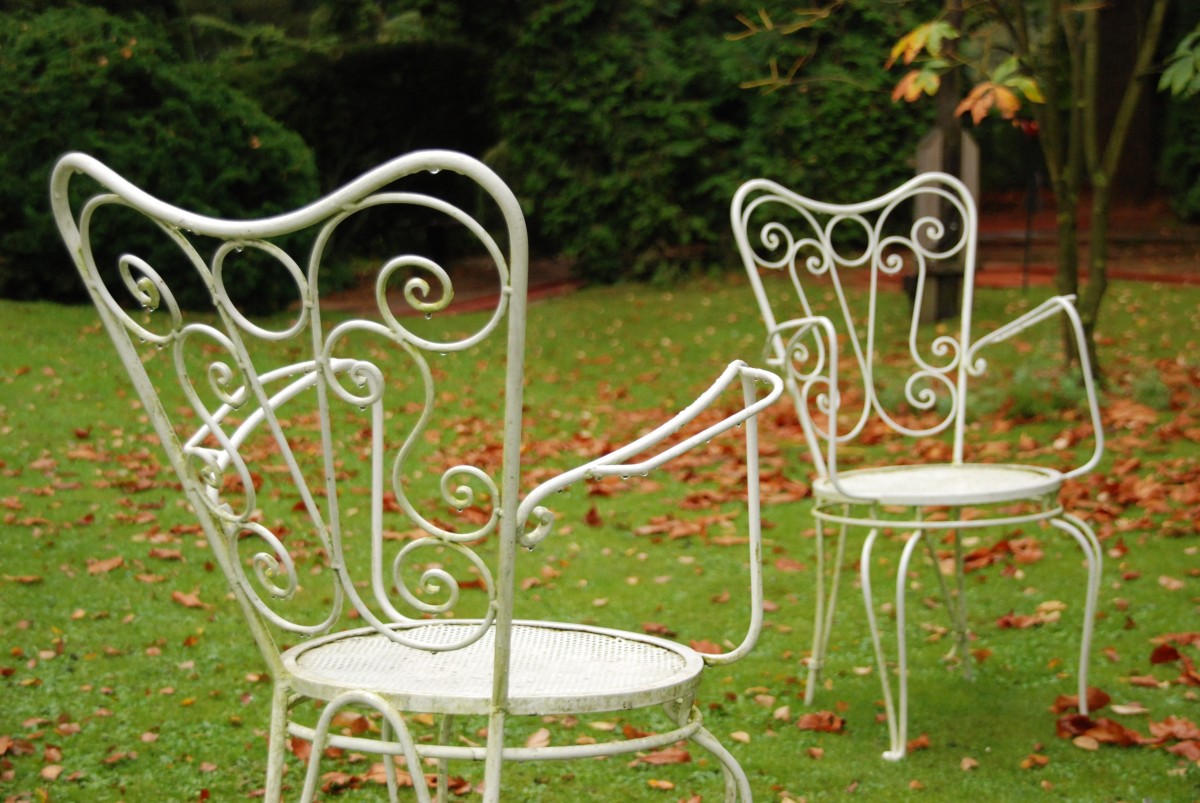







0 thoughts on “How To Keep Your Patio Heater From Tipping Over”